This Breathtaking 80-Foot Waterfall Is One Of California’s Most Road-Trip-Worthy Sights
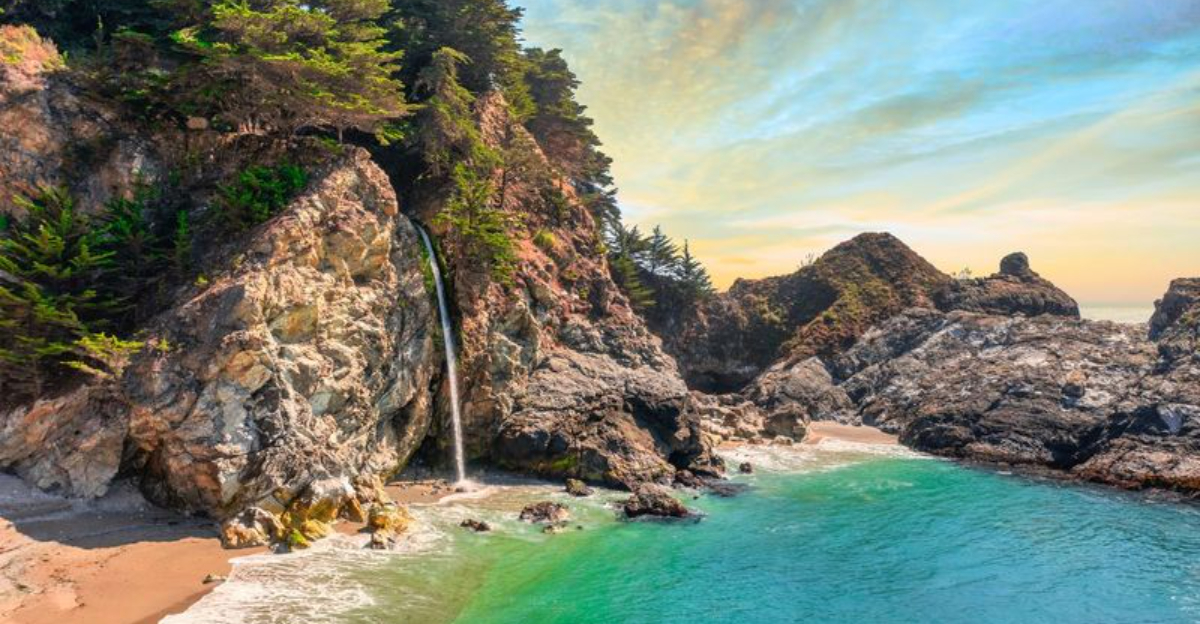
Tucked along the winding curves of California’s iconic Highway 1 is a sight so stunning it stops road-trippers in their tracks. McWay Falls—an 80-foot ribbon of water plunging into a turquoise cove in Big Sur—looks like something lifted straight from a dream.
This rare coastal waterfall spills from towering cliffs into the Pacific, creating one of the most unforgettable views on the entire West Coast. With its easily accessible overlook, year-round flow, and jaw-dropping scenery, McWay Falls isn’t just beautiful—it’s one of California’s most road-trip-worthy destinations.
One Of The Few Coastal Waterfalls In California That Plunge Directly Into The Ocean

Waterfalls usually crash into rivers or rocky pools, but McWay Falls has other plans. This rebel cascades right onto the beach and sometimes straight into ocean waves, depending on the tide.
Only a handful of California waterfalls can claim this dramatic ocean-meets-freshwater moment. The sight of water plunging from clifftop greenery into brilliant blue surf creates a scene that feels almost tropical.
Watching the waterfall blend with crashing waves never gets old, especially during golden hour when sunlight paints everything amber.
An Iconic Big Sur View Accessible By One Of The Easiest Trails On Highway 1
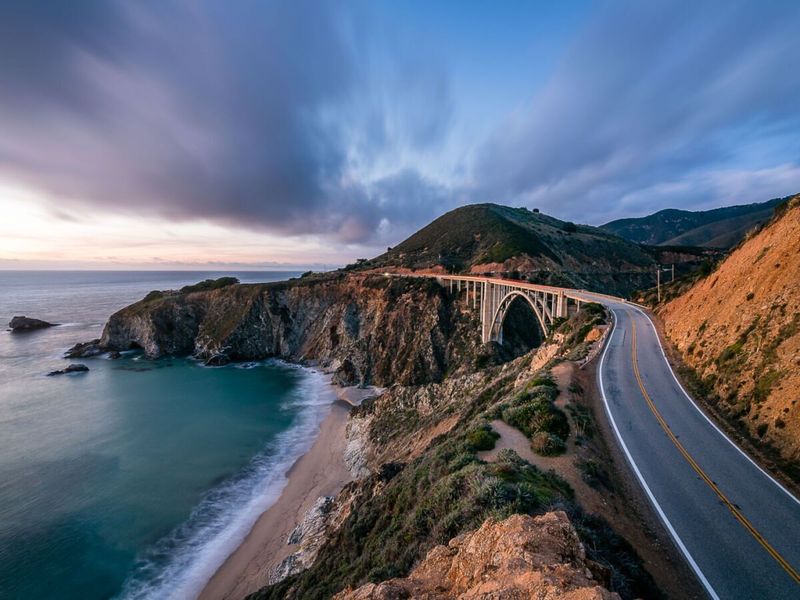
Forget grueling hikes with switchbacks that make your legs scream for mercy. The Overlook Trail to McWay Falls is a breezy 0.6-mile round trip that even your grandma could handle.
Paved and mostly flat, this trail winds through coastal forest before opening to jaw-dropping overlook platforms. You’ll barely break a sweat, yet the payoff rivals trails ten times harder.
Families with strollers and folks with mobility concerns can enjoy this natural masterpiece without the usual mountain-climbing drama that Big Sur often demands.
A Waterfall Fed By McWay Creek’s Springs For Steady Flow All Year
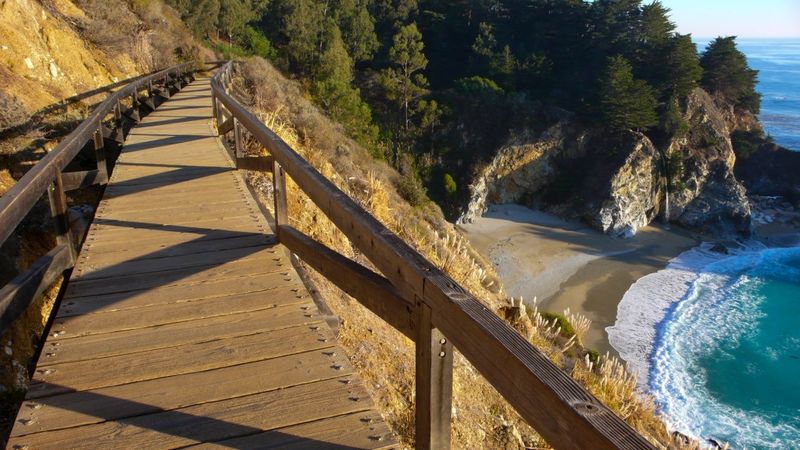
California waterfalls can be drama queens, gushing wildly in spring then ghosting you by summer. McWay Falls keeps it consistent year-round thanks to underground springs feeding McWay Creek.
Even during brutal droughts when other falls disappear, this one keeps flowing like a dependable friend. The springs provide a reliable water source that doesn’t rely solely on rainfall or snowmelt.
Visit in January or July, and you’ll still witness that iconic 80-foot plunge, making McWay Falls the ultimate any-season destination along Highway 1.
Protected Within Julia Pfeiffer Burns State Park’s Wild, Cliffside Beauty
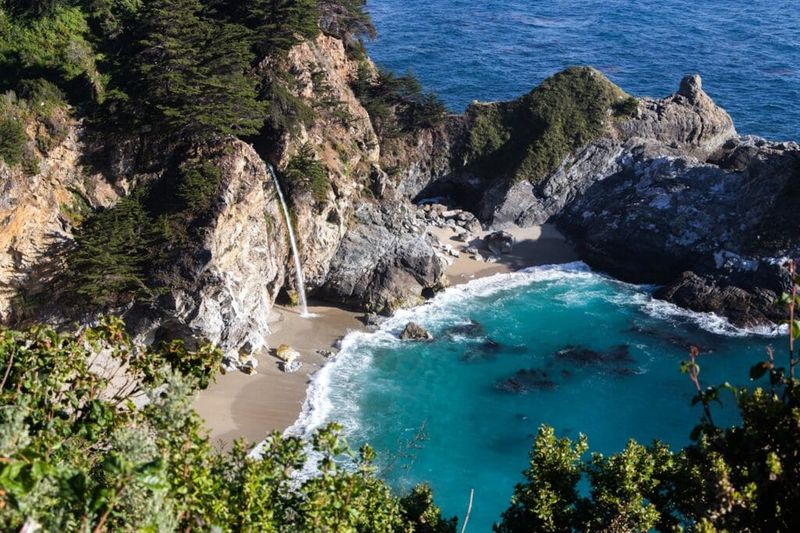
Julia Pfeiffer Burns State Park wraps McWay Falls in 3,762 acres of protected coastal wilderness. Towering redwoods, windswept cliffs, and kelp forests create an ecosystem worth celebrating.
State park status means development stays far away, preserving the area’s raw, untamed character. Rangers work hard to balance visitor access with conservation, keeping this slice of Big Sur pristine.
Beyond the waterfall, the park offers tide pools, underwater reserves, and backcountry trails for adventurers craving more than just waterfall selfies and quick photo stops.
A Landscape Transformed By A 1983 Landslide That Created Its Iconic Beach Cove
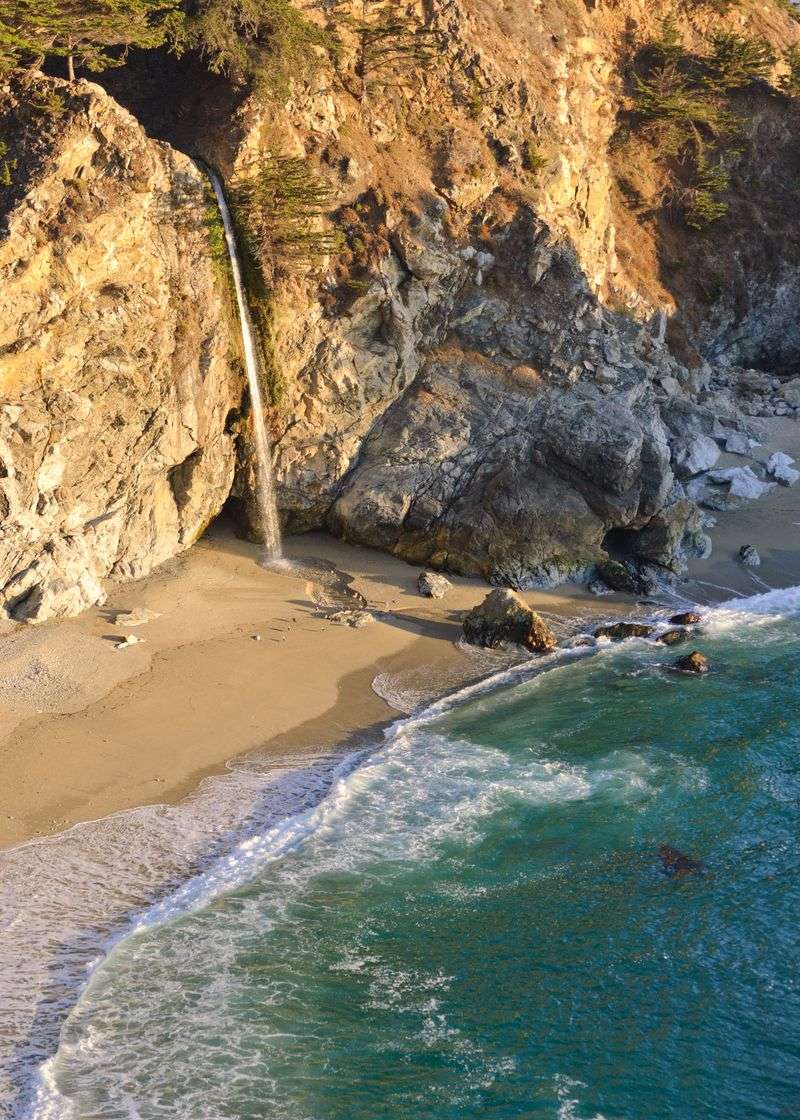
Before 1983, McWay Falls splashed directly into the ocean at high tide. Then a massive landslide reshaped the coastline, depositing tons of earth and rock that formed the sandy cove we photograph today.
Mother Nature played landscape architect, accidentally creating one of California’s most photogenic beaches. The landslide debris built up the shoreline, giving the waterfall a picturesque sandy landing pad.
Sometimes destruction births beauty, and this geological hiccup turned McWay Falls from impressive to absolutely iconic almost overnight.
A No-Beach-Access Waterfall Preserved For Safety And Conservation
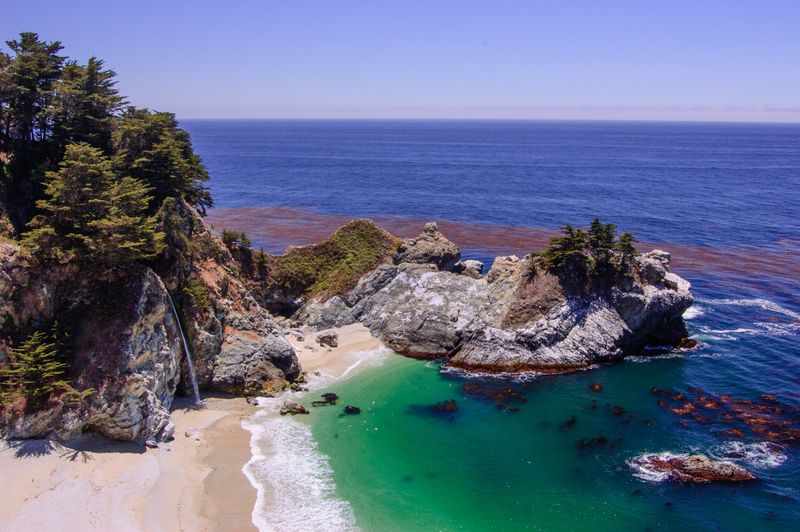
Tempting as it looks, you can’t scramble down to McWay Falls beach for an Instagram shoot. Park officials closed beach access to protect both visitors and the fragile coastal environment.
Unstable cliffs, unpredictable waves, and delicate ecosystems make beach access genuinely dangerous. Admiring from the overlook keeps everyone safe while preventing erosion and habitat destruction.
Sure, viewing from above might feel like watching a concert from the nosebleed seats, but it beats risking rockfall or disturbing protected wildlife below.
A Big Sur Photo Hotspot That Draws Travelers From Around The World

McWay Falls has become the face of Big Sur, plastered across travel magazines, Instagram feeds, and California tourism campaigns. Photographers flock here like seagulls to french fries.
The waterfall’s unique ocean-plunge setup, vibrant turquoise water, and dramatic cliffs create photos that practically go viral themselves. Golden hour and sunset bring out the camera crowd in full force.
Expect company at the overlook, especially during peak season, but the view delivers every single time, making it worth sharing elbow space with fellow shutterbugs.
Part Of A Park Honoring Julia Pfeiffer Burns, A Beloved Big Sur Pioneer
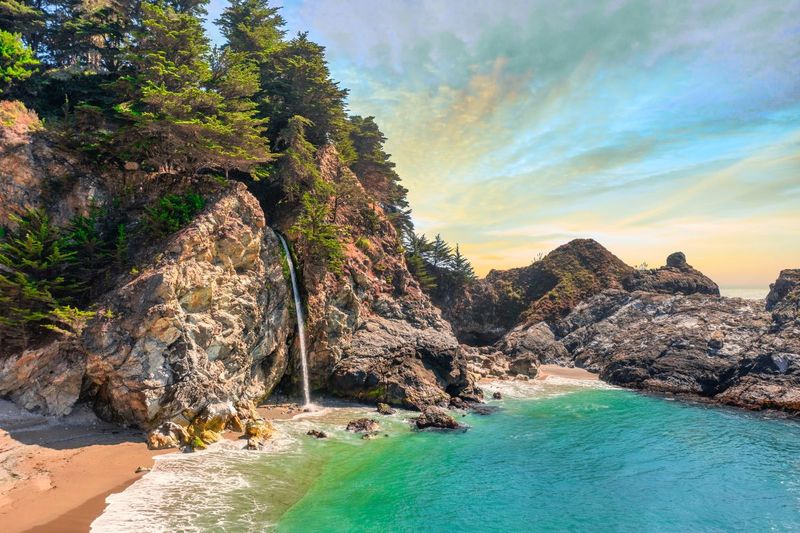
Julia Pfeiffer Burns wasn’t just some random name slapped on a park sign. She was a respected Big Sur ranch woman and Native American descendant who lived here for decades.
Her family homesteaded this rugged coastline, and she became known for her deep connection to the land and community. When the park was established in 1962, naming it after her honored her legacy.
Visiting McWay Falls means walking in the footsteps of a true Big Sur pioneer whose spirit still echoes through these coastal cliffs.
